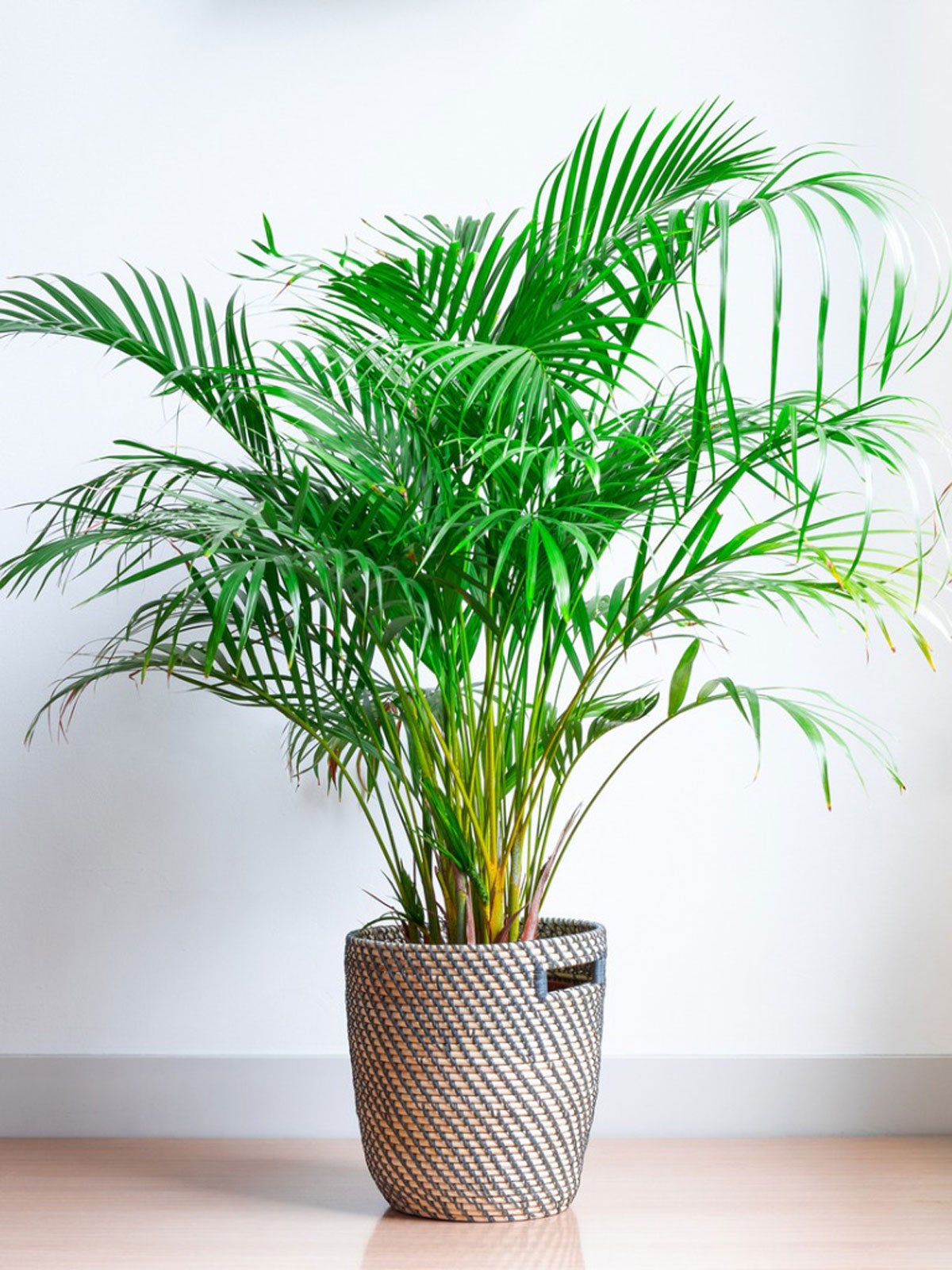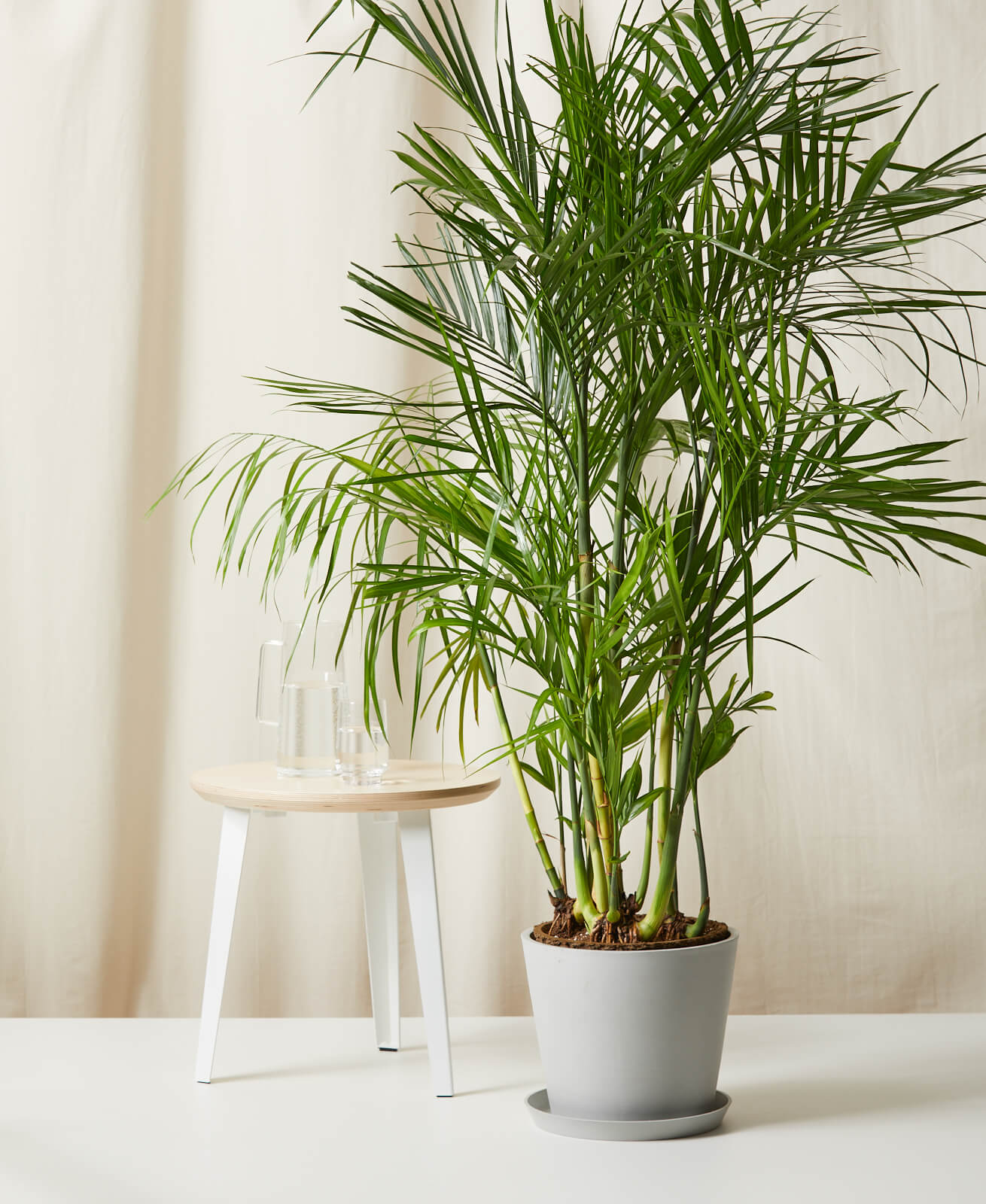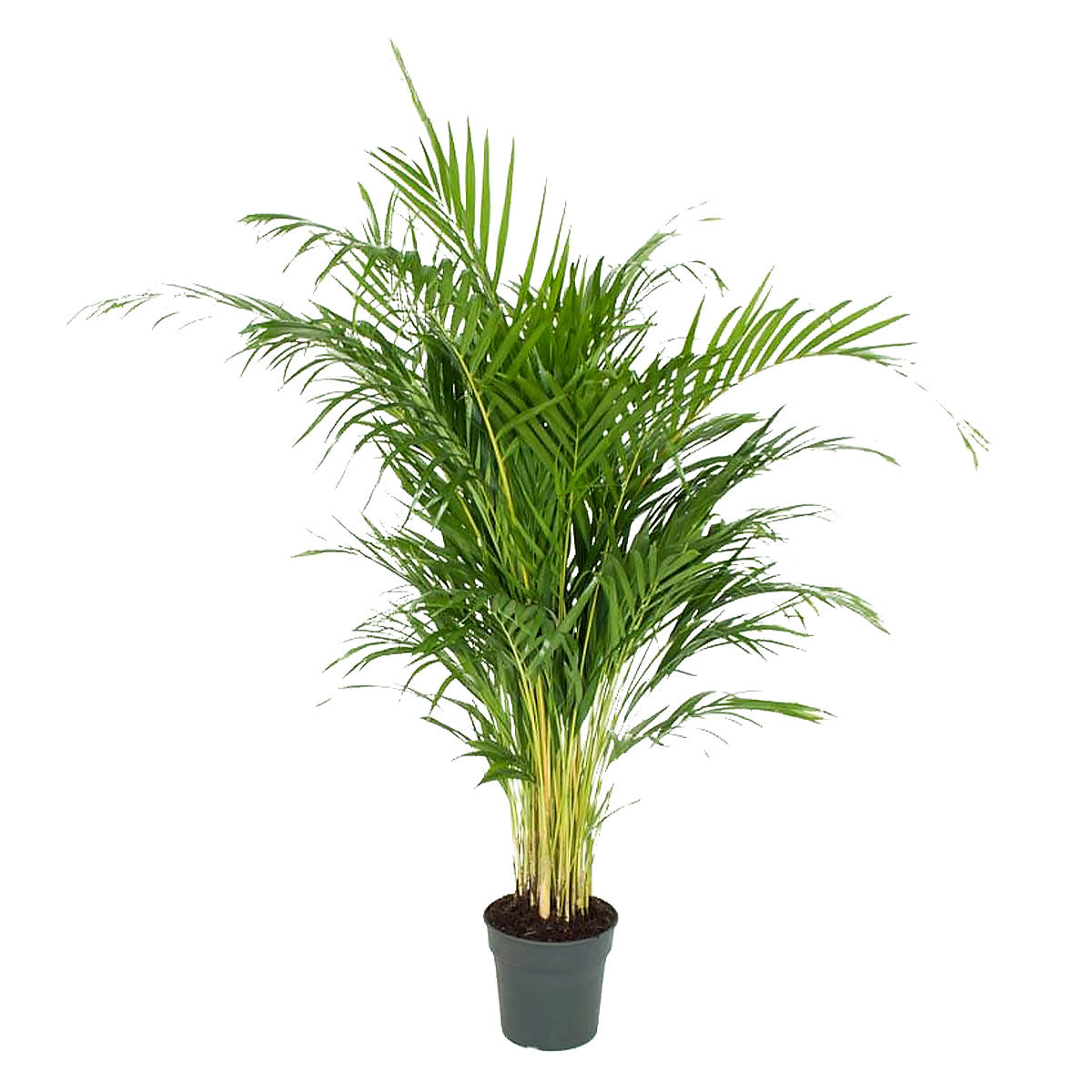Palm Summer Plants That Will Make Your Home Feel Like The Tropics
Palm Summer Plants That Will Make Your Home Feel Like the Tropics
There's nothing quite like the feeling of being surrounded by lush, tropical greenery. If you're looking to bring a little bit of the tropics into your home this summer, there are a number of palm plants that can help you achieve that look.
In this blog post, we'll take a look at some of the best palm plants for summer, as well as some tips on how to care for them. So whether you're a seasoned plant parent or just getting started, read on for everything you need to know about bringing the tropics to your home.
Why Choose Palm Plants for Summer?
There are a few reasons why palm plants are a great choice for summer. First, they're relatively easy to care for. Most palm plants don't require a lot of sunlight, so they're perfect for homes with limited natural light. They're also drought-tolerant, so you don't have to worry about overwatering them.
Second, palm plants add a touch of elegance and sophistication to any space. Their lush, tropical foliage can instantly transform a room, making it feel more inviting and relaxing.
Finally, palm plants are simply beautiful. Their graceful fronds and vibrant colors can bring a touch of the exotic to your home.
What Are the Best Palm Plants for Summer?
There are many different types of palm plants, so it's important to choose one that's right for your home. Here are a few of the best palm plants for summer:
- Areca Palm: This is a popular choice for indoor palm plants because it's relatively easy to care for. Areca palms prefer bright, indirect sunlight and should be watered once a week.

- Bamboo Palm: This is another great option for indoor palm plants. Bamboo palms are tolerant of low light conditions and can be watered once every two weeks.

- Bird of Paradise: This is a beautiful and striking palm plant that can add a touch of tropical elegance to any space. Bird of Paradise plants prefer bright, indirect sunlight and should be watered once a week.

- Ponytail Palm: This is a unique and interesting palm plant that's perfect for homes with limited space. Ponytail palms don't require a lot of sunlight and can be watered once a month.
- Pygmy Date Palm: This is a small, compact palm plant that's perfect for tabletops or windowsills. Pygmy Date Palms prefer bright, indirect sunlight and should be watered once a week.
How to Care for Palm Plants
Once you've chosen the right palm plant for your home, it's important to know how to care for it properly. Here are a few tips:
- Watering: Most palm plants prefer to be watered when the soil is dry to the touch. However, some palm plants, such as the Areca Palm, need to be watered more frequently.
- Light: Palm plants do best in bright, indirect sunlight. However, some palm plants, such as the Ponytail Palm, can tolerate low light conditions.
- Fertilizer: Palm plants should be fertilized once a month during the spring and summer months. Use a balanced fertilizer that's specifically formulated for palm plants.
- Pests and Diseases: Palm plants are susceptible to a few different pests and diseases. The most common pests are mealybugs, scale, and spider mites. The most common diseases are leaf spot and root rot.
Conclusion
Palm plants are a great way to bring a touch of the tropics to your home this summer. With a little care and attention, your palm plants will thrive and provide you with years of enjoyment.
Are you looking for a beautiful and easy-care plant to add some tropical flair to your home? If so, a palm summer plant might be the perfect choice for you! These plants are native to warm climates, so they thrive in bright, indirect light. They're also relatively low-maintenance, requiring only occasional watering and fertilizing.
If you're interested in learning more about palm summer plants, I recommend visiting Garden Wiki. This website has a wealth of information about these plants, including care tips, varieties, and photos. You can also find a store locator to find a local nursery that sells palm summer plants.
FAQ of palm summer plant
5 Most Frequently Asked Questions About Palm Summer Plants
Palm summer plants are a popular choice for indoor and outdoor landscaping. They are known for their lush foliage, tropical appearance, and relative ease of care. However, there are a few things to keep in mind when growing palm summer plants.
Here are the 5 most frequently asked questions about palm summer plants, along with valuable insights and solutions:
1. What are the different types of palm summer plants?
There are many different types of palm summer plants, each with its own unique characteristics. Some popular varieties include:
- Areca palm (Dypsis lutescens): This is a fast-growing palm with bright green leaves. It is tolerant of low light and makes a good choice for indoor plants.

- Parlour palm (Chamaedorea elegans): This is a slow-growing palm with delicate, feathery leaves. It is tolerant of low light and makes a good choice for indoor plants.
- Kentia palm (Howea forsteriana): This is a tall, slender palm with blue-green leaves. It is tolerant of both sun and shade and makes a good choice for both indoor and outdoor plants.

- Ponytail palm (Beaucarnea recurvata): This is a unique palm with a bulbous base and long, cascading leaves. It is tolerant of drought and makes a good choice for outdoor plants.

- Mexican fan palm (Washingtonia robusta): This is a tall, fast-growing palm with large, fan-shaped leaves. It is tolerant of heat and sun and makes a good choice for outdoor plants.
2. How do I care for a palm summer plant?
Palm summer plants are relatively easy to care for, but there are a few things to keep in mind:
- Water regularly, but do not overwater.
- Fertilize every 2-3 months during the growing season.
- Provide bright, indirect sunlight.
- Protect from frost in cold climates.
3. What are the common problems with palm summer plants?
The most common problems with palm summer plants are:
- Brown leaf tips: This is usually caused by underwatering or too much direct sunlight.
- Leaf spots: This can be caused by a variety of factors, including pests, diseases, or overwatering.
- Yellowing leaves: This can be caused by underwatering, overwatering, or nutrient deficiency.
- Root rot: This is a serious problem that can be caused by overwatering.
4. How do I propagate a palm summer plant?
Palm summer plants can be propagated by seed, division, or air layering.
- Seed propagation: This is the most common method of propagation. Sow seeds in a well-draining potting mix and keep moist. Germination can take several weeks to several months.
- Division: This method is best for mature plants. Divide the plant in the spring or fall and replant the divisions in separate pots.
- Air layering: This method is a bit more challenging, but it can be used to propagate even mature plants. Make a cut in the bark of the plant and insert a moist sphagnum moss ball. Keep the moss ball moist and the cut will eventually root.
5. Where can I buy a palm summer plant?
Palm summer plants are available at most garden centers and online retailers.
Image of palm summer plant
- Image 1: A tall palm tree with lush green leaves, swaying in the summer breeze.

- Image 2: A group of palm trees growing in a sandy beach, with the ocean waves crashing in the background.

- Image 3: A palm tree in a pot, sitting on a patio or balcony. The pot is filled with colorful flowers, adding to the summery feel.

- Image 4: A close-up of a palm tree leaf, with the sun shining through the leaves and creating a dappled effect.

- Image 5: A tropical scene with a palm tree, a hammock, and a beach umbrella. The image is full of bright colors and sunshine, making it look like the perfect place to spend a summer day.


Post a Comment for " Palm Summer Plants That Will Make Your Home Feel Like The Tropics"